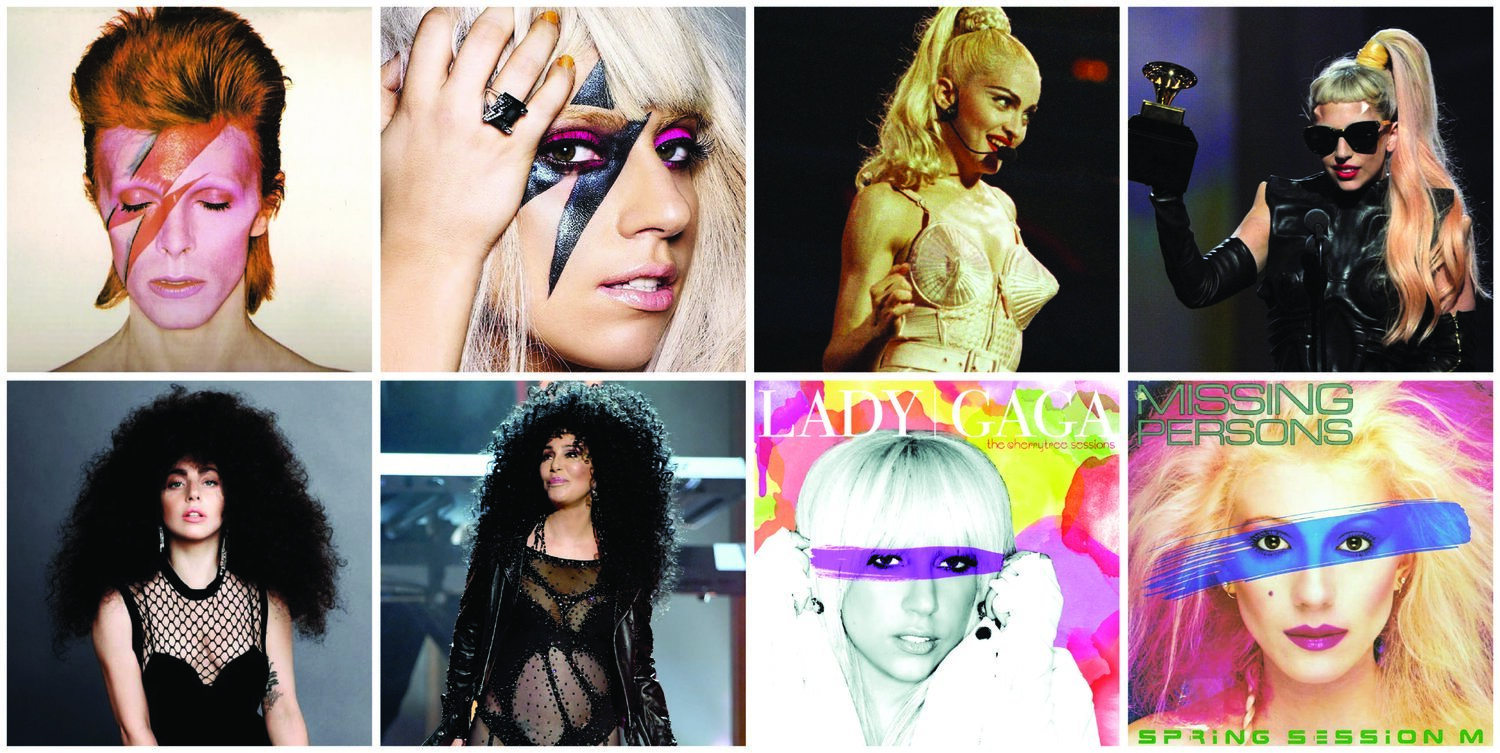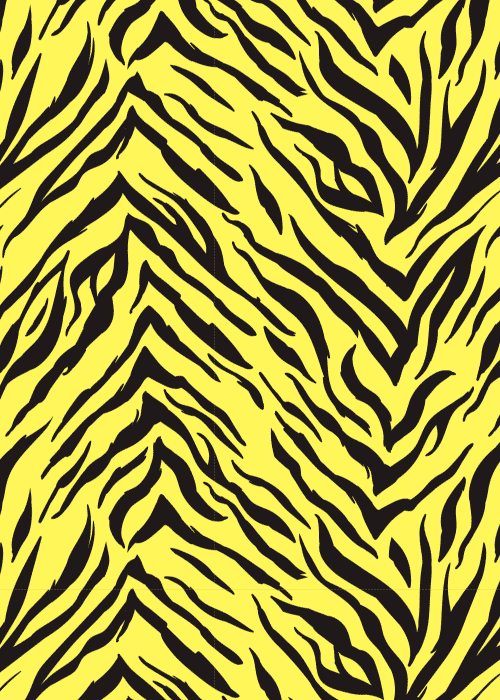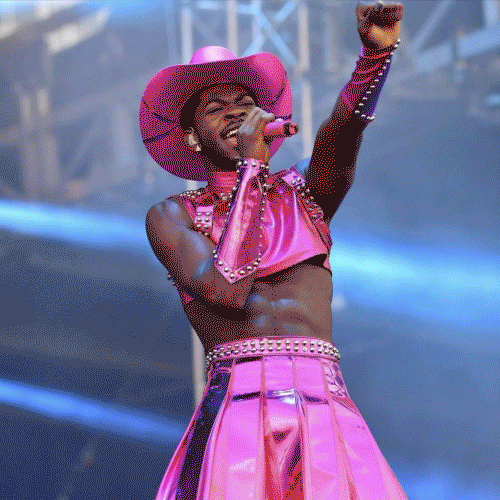queer anarchy: The Iconic, Polarizing Popularity of Lady Gaga
Planet Earth’s love of icons existed long before Andy Warhol’s artistic idolatry. For centuries, multi-god Pagan worship has sniffed around for celebrity. Who will be the next representative of Empowerment or Self-Destruction, Virtue or Virile, Sin or Serenity? Since Lady Gaga’s first release in 2008, with nearly 10 years to reflect upon her iconic impact, it’s surprising to learn that baby Stefani Germanotta’s highly infectious tunes received no attention until the “Just Dance” video in 2009. A tiny party girl with a Bowie lightning bolt and bad bitch attitude, even if you hated her calculated club pop, you noticed. Gaga was different, a departure from the typical tan teen nubile flashing her panties at the audience. Doused in glitter and gasoline, her Italian nose likely loaded with coke in a fury of mod blonde bangs, Gaga’s approach to art and aesthetic was dangerous.
Shunning girl-next-door for couture, Beyonce’s I am...Sasha Fierce was the only conceptual game changer around the time of Gaga’s “Pokerface” beginnings. Methodically marketing her album via music videos officiated Gaga a pop star, one that wears stupid-dangerous shoes and Thierry Mugler-esqe bodysuits. Each new video visual or publicity outing saw Gaga’s wardrobe growing weirder, more otherworldly and warrior-like. After all, the word “war” is in “wardrobe” and Gaga’s war paint was fierce, even from the diamond-encrusted bubble she hailed from. Haus of Gaga conglomerated a crowd of fantasy-loving fags and femmes, reviving white lacy “Like a Virgin” bustiers under an Alexander McQueen curse. Whether or not you hated or loved the Lady, everyone noted her fashion forwardness.
Gaga wasn’t without critique; the “Paparazzi” video’s sexed up murders and “injury” props mirrored Helmut Newton’s Vogue spread of Nadja Auermann creating controversy. A dramatic commentary on obsession, celebrity, stalking and the consumption of women, Gaga was revamping archetypes from the classics of Hollywood Babylon. The storytelling of “Paparazzi” was also part response to industry pressures, later spoken about in the Netflix documentary Five Foot Two: "When they wanted me to be sexy, I always put some absurd spin on it to make me feel like I was in control. If I’m gonna be sexy on the VMAs singing about the paparazzi, I’m gonna do it while bleeding to death, reminding you of what fame did to Marilyn Monroe."
Fame Monster, a reissue of The Fame with new releases including “Bad Romance”, found Gaga embracing further conceptual get-ups (meat, alien prosthetics). Born This Way’s catho-gothic, religious iconography went deep for strong, solid tracks themed around living one’s truth, unsurprisingly with heavy emphasis on intersectionality, queerness at the forefront. Shifting away from destructive amour, her 2011 album was the foundation for a live rock opera, built on songs of struggle, survival and celebration with feel-good dance bangers incorporating industrial, house, 70’s disco and 80’s arena rock. ARTPOP was a natural opportunity to piece together a flowing thematic record commenting on upper class antics, seduction and society while continuing to combine genres, all of course with theatrical video accompaniment.
Restoring eccentric personas abundant during the imaginarium of Glam Rock and New Wave, Lady Gaga particularly reminded informed ‘80s fans of Missing Person’s front woman Dale Bozzio. Dale’s Bostonian accent crooned about fucking and alienation in a Los Angeles backdrop of neon sports cars, dayglo beach bikinis and sleazy stripper night life. Her alienoid stage presence was complimented by skimpy galactic costumes. The strong physical and style similarities between Dale Bozzio and Lady Gaga is not an argument for copy-catting; Gaga wears her references with great love. She has been participating in an ongoing dialogue that has existed in the hooks, fashions and subject matter of pop music over the decades. When sparkle and storytelling faded away to be replaced by 90’s flannel and teen Mouseketeers, it was Gaga who eventually brought extremes back to the mainstream on an elevated level.
Searching for political beliefs and manifestos in Gaga’s lyrics, the media found fresh air from the thick perfume cloud of saccharine pollyannas and grunge drool previously polluting MTV. Gaga’s ability to push boundaries even influenced academic studies. Trans professor Jack Halberstam’s Gaga Feminism remarked on the golden tenets of Gaga, emphasizing “queer anarchy”: “Wisdom lies in the unexpected and the unanticipated. Transformation is inevitable, but don't look for the evidence of change in the everyday; look around, look on the peripheries, the margins, and there you will see its impact. Think counterintuitively, act accordingly. Practice creative non-believing. Gaga Feminism is outrageous... impolite, abrupt, abrasive and bold.”
Right under the radar, Grimes, FKA Twigs, Goldfrapp and other fairy tale dusted divettes pushed their way out of the underground and the music industry welcomed electro femmes with open-armed record deals. The fame Gaga acquired in a short time, and the flood of matron magick in music thereafter, was a clear sign that creative women artists were NEEDED in the spotlight. Along with good friend and collaborator Beyonce, praise to goddess energy put old cookie cutter standards of pop to rest. Pop stars with heart even better: Gaga’s endearing and surprisingly emotional sweetness shone on her recent intimate Americana album, Joanne. Beyond being an inspiration to baby gays and fashionistas, Lady Gaga has changed the landscape of pop music by looming together hints of music history’s heroes with new narratives relevant to the current culture and political climate of today.
Here’s to ten more years of Gaga in all her multi-faceted glory! May her mythology inspire future generations to come.
Join us for the second installation of ICON: Lady Gaga, a celebration of the artist including performances and dance party. This will be an after concert event, looks encouraged. Buy your tickets here.
----
Sunni Johnson is a writer, zinester, and musician based in Atlanta, GA.
Archive
- February 2025
- November 2024
- October 2024
- September 2024
- August 2024
- July 2024
- June 2024
- May 2024
- April 2024
- October 2023
- July 2023
- June 2023
- May 2023
- April 2023
- March 2023
- February 2023
- June 2022
- April 2022
- March 2022
- January 2022
- December 2021
- October 2021
- September 2021
- August 2021
- July 2021
- June 2021
- May 2021
- April 2021
- March 2021
- February 2021
- January 2021
- December 2020
- October 2020
- September 2020
- August 2020
- July 2020
- June 2020
- May 2020
- April 2020
- March 2020
- February 2020
- January 2020
- December 2019
- November 2019
- October 2019
- September 2019
- August 2019
- July 2019
- June 2019
- May 2019
- April 2019
- March 2019
- February 2019
- January 2019
- December 2018
- November 2018
- October 2018
- September 2018
- August 2018
- July 2018
- June 2018
- May 2018
- April 2018
- March 2018
- February 2018
- January 2018
- December 2017
- November 2017
- October 2017
- September 2017
- August 2017
- July 2017
- June 2017
- May 2017
- April 2017
- March 2017
- February 2017
- January 2017
- December 2015
- November 2015
- October 2015
- September 2015
- August 2015
- July 2015
- June 2015
- May 2015
- April 2015









